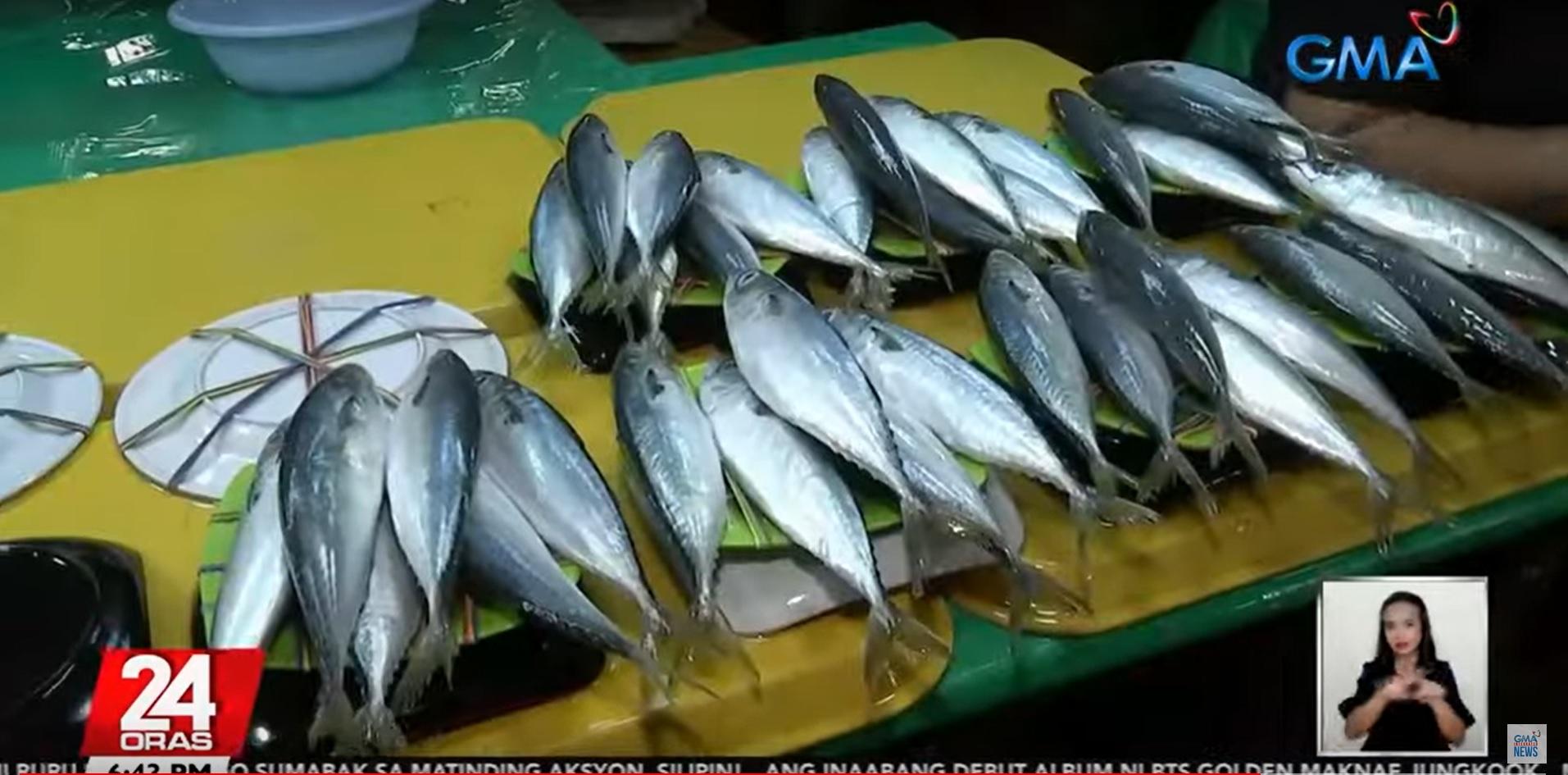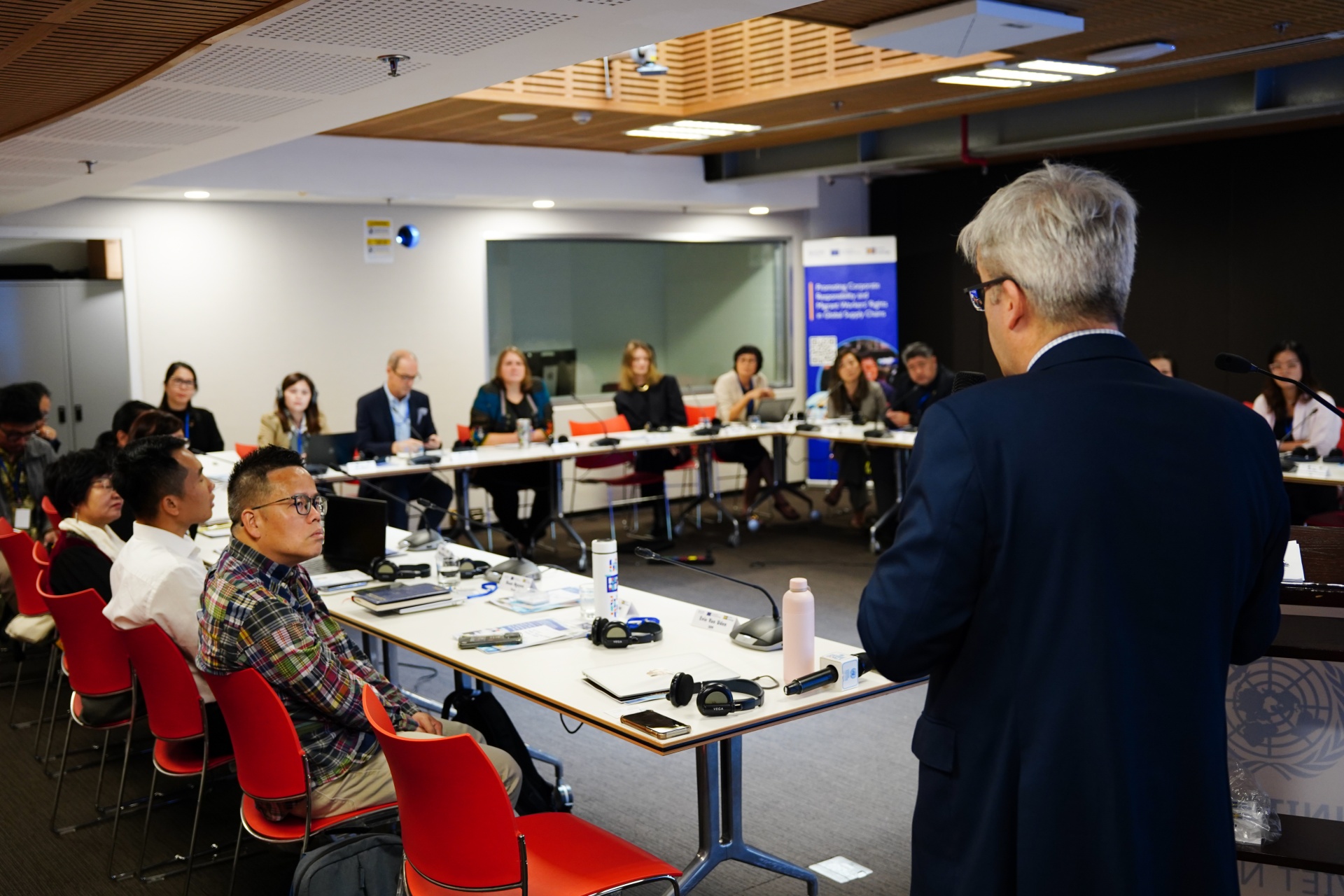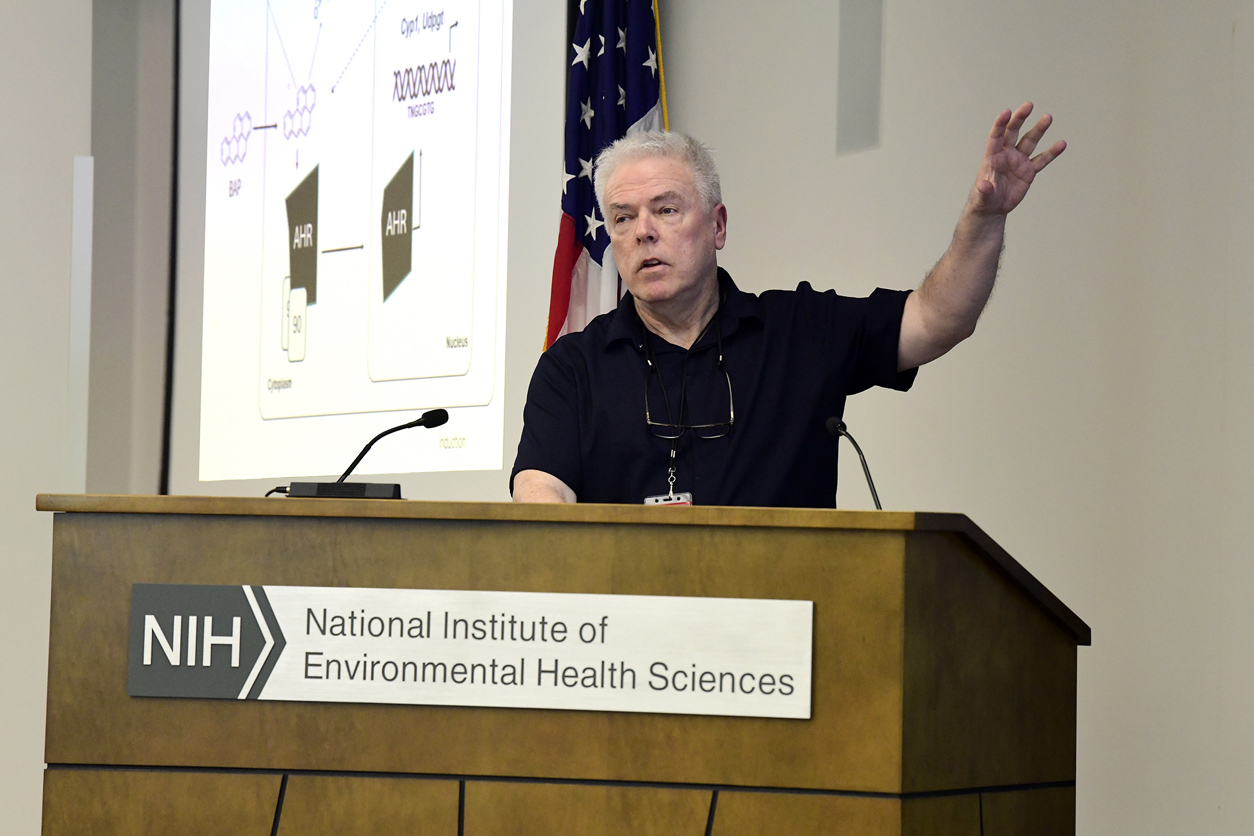Negros Oriental chemical spill prompts BFAR warning on aquatic food consumption – GMA Network

Incident Report: Chemical Spill in Negros Oriental Coastal Waters
Executive Summary
- Event: A significant wastewater spill occurred following the collapse of a dike at a food manufacturing facility.
- Location: The spill has affected the coastal waters of Bais and Manjuyod in Negros Oriental, Philippines, an area within the Tañon Strait Protected Seascape.
- Cause: The Department of Environment and Natural Resources (DENR) reported that the collapse of a dike led to the release of up to 90% of the facility’s spent wash content into the marine environment.
- Immediate Response: The Bureau of Fisheries and Aquatic Resources (BFAR) has issued a public health and safety advisory, warning against the collection and consumption of all marine life from the affected areas.
Impact Assessment on Sustainable Development Goals (SDGs)
SDG 14: Life Below Water
- The chemical spill constitutes a major marine pollution event, directly threatening the health and biodiversity of the coastal ecosystem in the Tañon Strait, a declared protected area.
- The contamination compromises efforts to sustainably manage and protect marine and coastal ecosystems from pollution, a key target of SDG 14.
- The presence of dead fish and other aquatic organisms indicates severe stress on marine life, undermining the goal of conserving marine resources.
SDG 3: Good Health and Well-being & SDG 6: Clean Water and Sanitation
- The BFAR advisory directly addresses SDG 3 by aiming to prevent human health risks from the consumption of seafood contaminated with harmful pathogens, chemicals, and pollutants.
- This incident highlights a failure in wastewater management, contaminating coastal waters and working against the principles of SDG 6, which aims to ensure the availability and sustainable management of water and sanitation for all.
SDG 8: Decent Work and Economic Growth & SDG 12: Responsible Consumption and Production
- The prohibition on fishing and gathering of marine organisms directly impacts the livelihoods of local fishing communities, jeopardizing their economic security and conflicting with the objectives of SDG 8.
- The spill originates from an industrial source, raising critical questions about corporate accountability and the implementation of sustainable production patterns, as called for in SDG 12. The incident underscores the need for industries to manage their chemicals and wastes responsibly throughout their life cycle.
Official Directives and Regulatory Context
Bureau of Fisheries and Aquatic Resources (BFAR) Advisory
- The public is advised to refrain from all fishing, collecting, and gathering of aquatic organisms, including finfish, crustaceans, and seaweeds, in the affected coastal waters of Bais and Manjuyod.
- Consumption of dead fish and other marine life collected from the area is not recommended due to the potential presence of harmful contaminants posing risks to human health.
Department of Environment and Natural Resources (DENR) Findings
- The responsible facility was rented by the food manufacturing company.
- The dike infrastructure was constructed prior to the issuance of Presidential Proclamation 1234, which established the Tañon Strait as a protected area.
- The structure also predates the enactment of the Expanded National Integrated Protected Areas System Act of 2018, indicating a potential gap in historical regulatory oversight.
Analysis of the Article in Relation to Sustainable Development Goals
1. Which SDGs are addressed or connected to the issues highlighted in the article?
- SDG 3: Good Health and Well-being
- SDG 6: Clean Water and Sanitation
- SDG 12: Responsible Consumption and Production
- SDG 14: Life Below Water
2. What specific targets under those SDGs can be identified based on the article’s content?
SDG 3: Good Health and Well-being
- Target 3.9: By 2030, substantially reduce the number of deaths and illnesses from hazardous chemicals and air, water and soil pollution and contamination. The article directly addresses this target by highlighting the “possible health risks from eating contaminated seafood” and the presence of “harmful pathogens, chemicals, and pollutants” in the water, which pose risks to human health. The advisory from BFAR is a direct measure to prevent illnesses from water contamination.
SDG 6: Clean Water and Sanitation
- Target 6.3: By 2030, improve water quality by reducing pollution, eliminating dumping and minimizing release of hazardous chemicals and materials, halving the proportion of untreated wastewater… The article describes a “wastewater spill” where a food manufacturing company released “up to 90% of its spent wash content” into coastal waters. This is a clear example of water pollution from industrial sources that this target aims to reduce.
SDG 12: Responsible Consumption and Production
- Target 12.4: By 2020, achieve the environmentally sound management of chemicals and all wastes throughout their life cycle… and significantly reduce their release to air, water and soil in order to minimize their adverse impacts on human health and the environment. The incident, caused by a collapsed dike at a “food manufacturing company,” points to a failure in the environmentally sound management of industrial waste (“spent wash”), leading to its release into the environment and impacting both human health and marine ecosystems.
SDG 14: Life Below Water
- Target 14.1: By 2025, prevent and significantly reduce marine pollution of all kinds, in particular from land-based activities… The chemical spill originating from a land-based manufacturing facility that contaminated the “coastal waters of Bais and Manjuyod” is a direct example of the type of pollution this target seeks to prevent.
- Target 14.2: By 2020, sustainably manage and protect marine and coastal ecosystems to avoid significant adverse impacts… The article explicitly mentions that the spill occurred within the Tañon Strait, a “protected area” declared under Presidential Proclamation 1234. The event represents a significant adverse impact on a protected marine ecosystem.
3. Are there any indicators mentioned or implied in the article that can be used to measure progress towards the identified targets?
SDG 3: Good Health and Well-being
- Implied Indicator: The issuance of a public health advisory by BFAR to “refrain from fishing, collecting, and gathering aquatic organisms” serves as an indicator of an event posing a risk of illness from water pollution. The presence of “harmful pathogens, chemicals, and pollutants” is a qualitative measure of health risk.
SDG 6: Clean Water and Sanitation
- Implied Indicator: The report of a “wastewater spill” and the release of “spent wash content” from an industrial facility is a direct indicator of untreated wastewater being discharged into an ambient water body, which relates to measuring the proportion of untreated wastewater.
SDG 12: Responsible Consumption and Production
- Implied Indicator: The occurrence of the “chemical spill” itself, resulting from a collapsed dike at a manufacturing company, acts as an indicator of a failure in the sound management of industrial waste and chemicals.
SDG 14: Life Below Water
- Implied Indicator: The contamination of coastal waters and the presence of “dead fish and other aquatic organisms” are direct indicators of marine pollution and its adverse impact on marine ecosystems. The fact that the incident occurred in a designated “protected area” (Tañon Strait) is a critical indicator for the management effectiveness of such areas.
SDGs, Targets, and Indicators Summary Table
| SDGs | Targets | Indicators (Implied from the article) |
|---|---|---|
| SDG 3: Good Health and Well-being | 3.9: Substantially reduce deaths and illnesses from hazardous chemicals and water pollution. | The public health advisory against consuming seafood due to “harmful pathogens, chemicals, and pollutants.” |
| SDG 6: Clean Water and Sanitation | 6.3: Improve water quality by reducing pollution and minimizing the release of hazardous chemicals and untreated wastewater. | The occurrence of a “wastewater spill” from a food manufacturing company releasing “spent wash content.” |
| SDG 12: Responsible Consumption and Production | 12.4: Achieve environmentally sound management of chemicals and all wastes to minimize adverse impacts on human health and the environment. | The collapse of a dike containing industrial waste, indicating a failure in sound waste management. |
| SDG 14: Life Below Water | 14.1: Prevent and significantly reduce marine pollution from land-based activities. | The contamination of coastal waters by a “chemical spill” from a land-based facility. |
| 14.2: Sustainably manage and protect marine and coastal ecosystems. | The pollution event occurring within the Tañon Strait, a declared “protected area,” and the presence of “dead fish.” |
Source: gmanetwork.com
What is Your Reaction?
 Like
0
Like
0
 Dislike
0
Dislike
0
 Love
0
Love
0
 Funny
0
Funny
0
 Angry
0
Angry
0
 Sad
0
Sad
0
 Wow
0
Wow
0



















































.jpg.webp?itok=0ZsAnae9#)


























